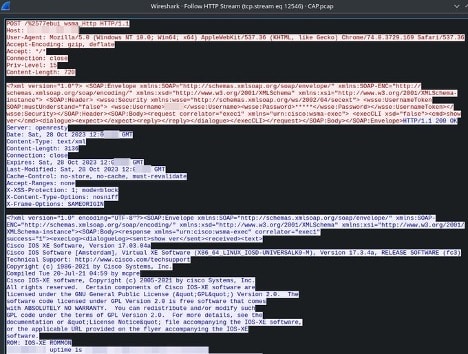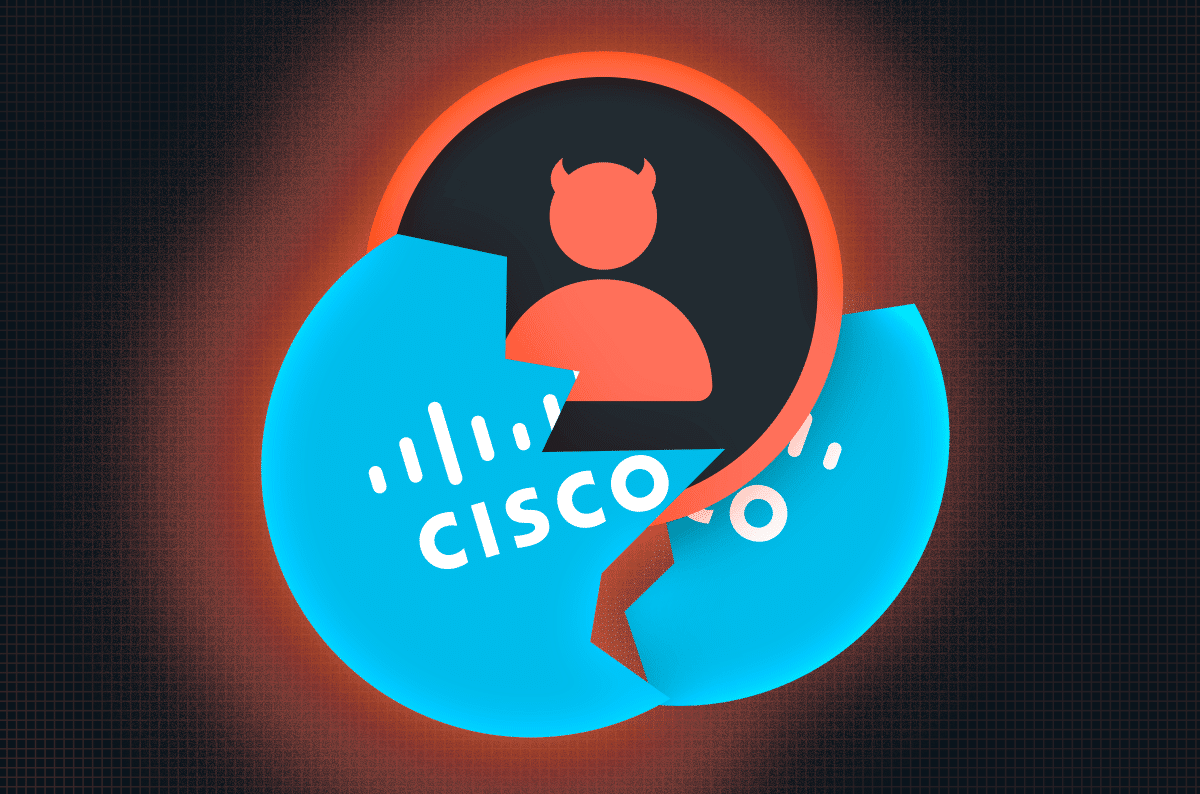|
Listen to post:
Getting your Trinity Audio player ready...
|
By Vadim Freger, Dolev Moshe Attiya, Shirley Baumgarten
All secured webservers are alike; each vulnerable webserver running on a network appliance is vulnerable in its own way. On October 16th 2023 Cisco published a security advisory detailing an actively exploited vulnerability (CVE-2023-20198) in its IOS XE operating system with a 10 CVSS score, allowing for unauthenticated privilege escalation and subsequent full administrative access (level 15 in Cisco terminology) to the vulnerable device.
After gaining access, which in itself is already enough to do damage and allows full device control, using an additional vulnerability (CVE-2023-20273) an attacker can elevate further to the “root” user and install a malicious implant to the disk of the device.
When the initial announcement was published Cisco had no patched software update to provide, and the suggested mitigations were to disable HTTP/S access to the IOS XE Web UI and/or limiting the access to it from trusted sources using ACLs and approx. a week later patches were published and the advisory updated.
The zero-day vulnerability was being exploited before the advisory was published, and many current estimates and scanning analyses put the number of implanted devices in the tens of thousands.
Details of the vulnerability
The authentication bypass is done on the webui_wsma_http or webui_wsma_https endpoints in the IOS XE webserver (which is running OpenResty, an Nginx variant that adds Lua scripting support). By using double-encoding (a simple yet clearly effective evasion technique) in the URL of the POST request it bypasses checks performed by the webserver and passes the request to the backend. The request body contains an XML payload which the backend executes arbitrarily since it’s considered to pass validations and comes from the frontend.
In the request example below (credit: @SI_FalconTeam) we can see the POST request along with the XML payload is sent to /%2577ebui_wsma_http, when %25 is the character “%” encoded, followed by 77, and combined is “%77” which is the character “w” encoded.
Cisco has also provided a command to check the presence of an implant in the device, by running: curl -k -X POST “https[:]//DEVICEIP/webui/logoutconfirm.html?logon_hash=1”, replacing DEVICEIP and checking the response, if a hexadecimal string is returned an implant is present.

Cato’s analysis and response to the CVE
From our data and analysis at Cato’s Research Labs we have seen multiple exploitation attempts of the CVE, along with an even more interesting case of Cisco’s own SIRT (Security Incident Response Team) performing scanning of devices to detect if they are vulnerable, quite likely to proactively contact customers running vulnerable systems.
An example of scanning activity from 144.254.12[.]175, an IP that is part of a /16 range registered to Cisco.

Cato deployed IPS signatures to block any attempts to exploit the vulnerable endpoint, protecting all Cato connected sites worldwide from November 1st 2023.
Cato also recommends to always avoid placing critical networking infrastructure to be internet facing. In instances when this is a necessity, disabling HTTP access and proper access controls using ACLs to limit the source IPs able to access devices must be implemented.
Networking devices are often not thought of as webservers, and due to this do not always receive the same forms of protection e.g., a WAF, however their Web UIs are clearly a powerful administrative interface, and we see time and time again how they are exploited. Networking devices like Cisco’s are typically administered almost entirely using CLI with the Web UI receiving less attention, somewhat underscoring a dichotomy between the importance of the device in the network to how rudimentary of a webserver it may be running.











